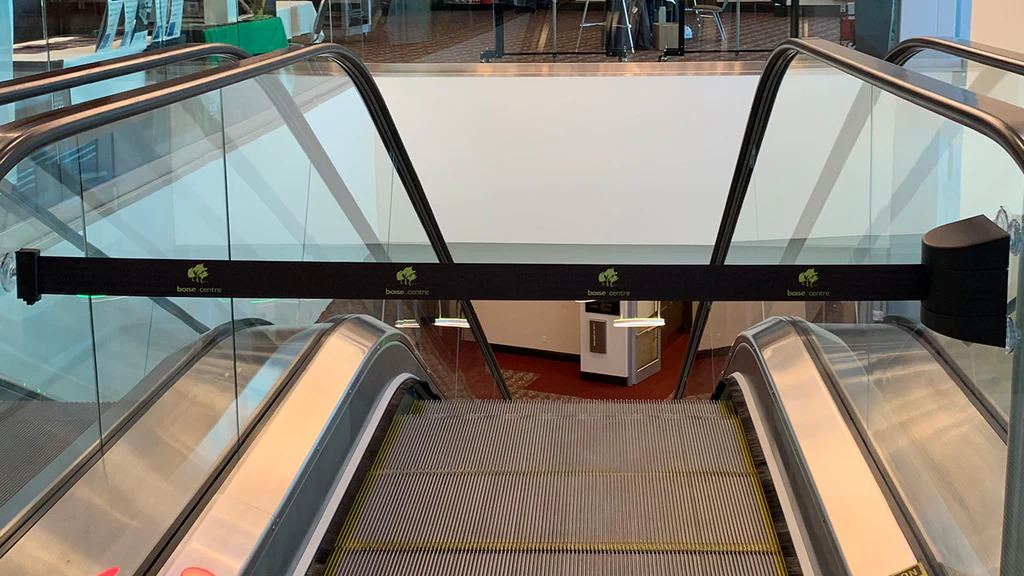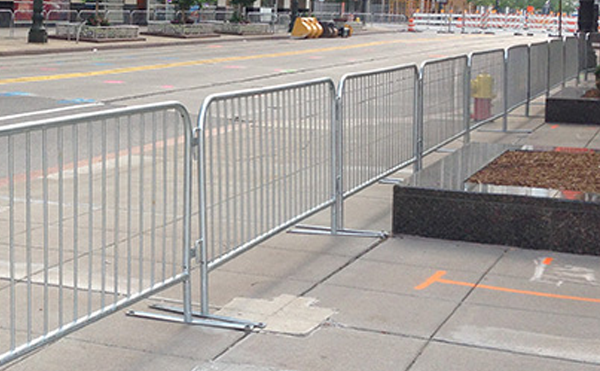When to Use Wall-Mounted Belt Barriers
Wall-mounted belt barriers are ideal when you want to maximize space and minimize obstruction on the floor. They are mounted directly onto the wall and come with a retractable belt that can be easily extended to create a barrier. Wall-mounted belt barriers are commonly used in airports, train stations, museums, and other public areas where space is limited, and foot traffic is high. In this article, we will be going over when to use wall-mounted belt barriers.
Mounting Options
One advantage of wall-mounted belt barriers is the flexibility they provide in mounting options. Here are the most common options available:
- Magnetic Mounting– Magnetic mounting is the easiest and quickest way to install wall-mounted belt barriers. This method involves attaching magnets to the back of the unit which can then be attached to any metal surface. This option is ideal for temporary situations or for areas where frequent adjustments are necessary.
- Clamp Mounting– A clamp mount is two hose clamps fitted to the back of the barrier so that it can be attached to a vertical post using a clamp. This method is perfect for areas where the wall is not strong enough to support the weight of the barrier. The clamp mounting method provides a sturdy and permanent fixture for the barrier.
- Removable Mounting– Removable mounting allows the barrier to be easily removed from the wall when it’s not needed. This option is ideal for areas where the barrier is only needed temporarily, such as during an event or construction project.
- Fixed Mounting– Fixed mounting involves attaching the barrier directly onto the wall using screws or bolts. This method provides a permanent fixture for the barrier and is ideal for areas where the barrier will be used frequently.
- Recessed Mounting– Recessed mounting involves mounting the barrier into the wall, so it’s flush with the surface. This method provides a sleek and streamlined appearance, making it an excellent option for upscale environments such as hotels or restaurants.
When it comes to choosing between wall-mounted belt barriers and stanchions, there are a few factors to consider. For instance, if you have limited space, wall-mounted belt barriers are ideal since they take up less space and are less obtrusive. However, if you need to control access to a larger area or if you need to block off a wider path, stanchions may be a better option since they can span longer distances.
Another advantage of wall-mounted belt barriers is the ease of use. They require minimal maintenance, and the retractable belt is easy to replace if it becomes damaged or worn out. They also come with different belt lengths, allowing you to customize the barrier to fit your needs.
Lastly, wall-mounted belt barriers offer the benefit of customization. They come in a variety of colors and finishes, allowing you to match them with your brand’s colors or the overall decor of the space.
Conclusion
In conclusion, wall-mounted belt barriers are an excellent option when space is limited, and you need a flexible and customizable crowd control solution. They offer a variety of mounting options to fit your needs, and they require minimal maintenance. If you’re still unsure whether wall-mounted belt barriers or stanchions are the best option for your needs, it’s always best to consult with a professional to determine the best solution for your specific situation.

